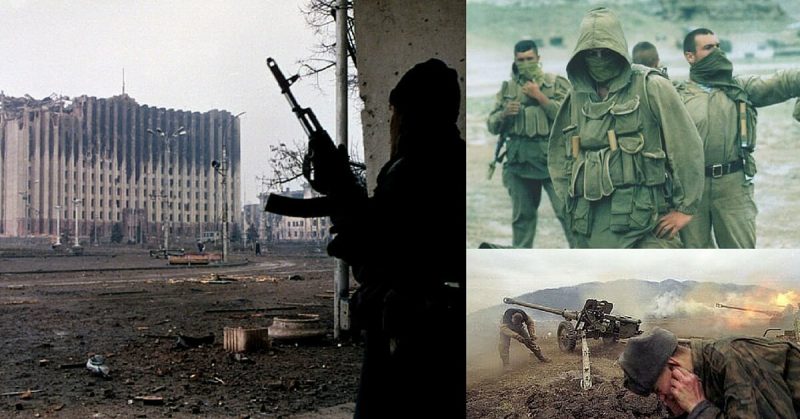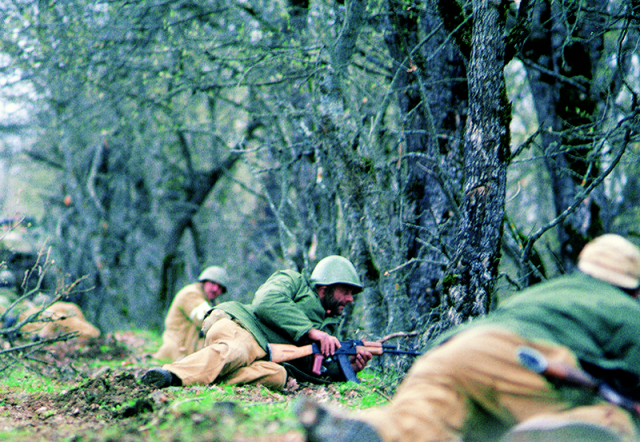
Some of the conflicts were motivated by ethnic and religious differences, while others were triggered by historical disputes that had been haunting the regions throughout the 20th century. Furthermore, the power vacuum created by the fall of the centralized government reflected in the rise of new political elites, nationalism and crime. We offer you an overview of the conflicts that shaped the territories of the former Soviet Union.
1. Nagorno-Karabakh Conflict

The war lasted for six years, from 1988 to 1994, with thousands of casualties and displaced people on both sides. A fragile ceasefire was agreed, only to be broken with border skirmishes that occurred that same year. The Nagorno-Karabakh region is today a de facto independent state, which still belongs to Azerbaijan. The conflict was briefly revived around April 1, 2016, claiming even more lives.
2. South Ossetia War
The Georgian troubled region of South Ossetia remains in the recent memory of the Russo-Georgian war in 2008, but the roots of the conflict date to the time of the fall of USSR. The initial conflict started out when the Russian minority in Georgia, concentrated in South Ossetia, expressed wishes to separate from the newly formed state and join the Russian Federation.The result was a de facto independent Ossetia within the Georgian-controlled state. The war ended with a Russian-brokered ceasefire, signed on 24th June 1992, which established a joint peacekeeping force and left South Ossetia divided between the rival authorities. Even though the war was officially over, the conflict spilled into Georgia, causing a civil war with a yet another ethnic Russian region ― Abkhazia.
3. East Prigorodny Conflict
When the war between the Georgians and the Russians from South Ossetia broke out, the Caucasus region was plagued by conflict. North Ossetia-Alania, a federal republic within the Russian Federation, which borders the disputed Georgian region of South Ossetia, fell into an ethnic conflict with the Muslim minority called the Ingush people. This brief conflict lasted for six days, from October 30 to November 6, 1992, but with horrible consequences.The Human Right Watch/Helsinki determined that during the six days period ethnic cleansing occurred, perpetrated by the Ossetian paramilitary forces. It was also added that war crimes were committed by both sides and that the Russian government failed to react properly concerning the atrocities that had happened on its sovereign territory.

Δεν υπάρχουν σχόλια:
Δημοσίευση σχολίου